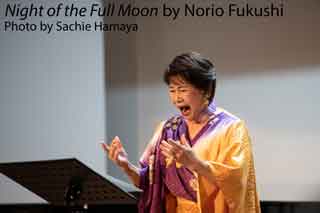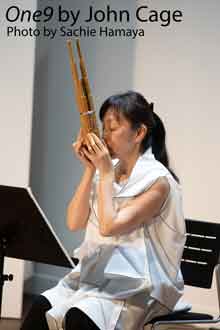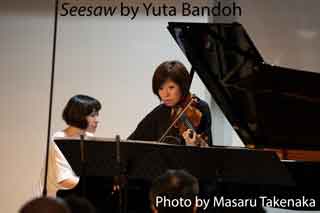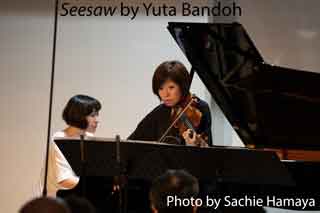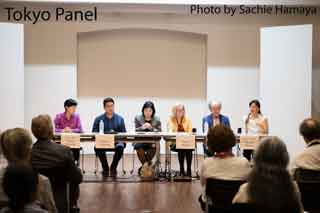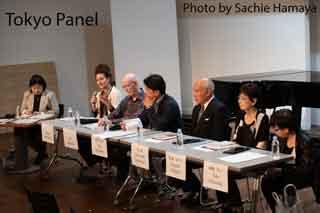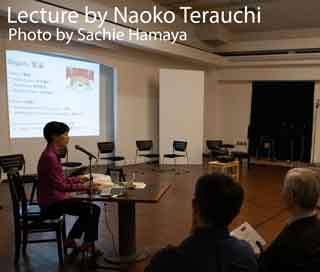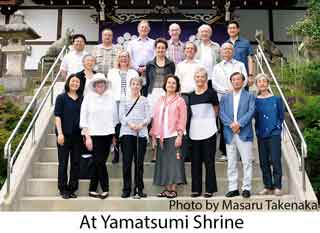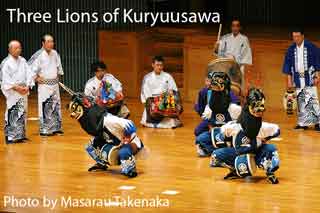
US-Canada-Japan Encounters in Music
Tokyo Concerts Lab
July 5: Classical and Contemporary Gagaku
July 6: Highlights of MFJ Commissions, Tokyo II
Tokyo Final Program
Fukushima City Concert Hall
July 8: Folk Performing Arts of Fukushima
July 9: Iitate Village School
For the MFJ-MCANA institute in Japan, Music From Japan (MFJ) collaborated with the Music Critics Association of North America (MCANA) to bring ten MCANA critics, one US and one Canadian composer to Japan for various concerts and educational events.
Tokyo
On July 5th Classical and Contemporary Gagaku introduced the US and Canadian visitors to gagaku instruments, their use in traditional music, and their subsequent incorporation into contemporary music. Following an informative lecture by Professor Naoko Terauchi, the musicians performed four classical pieces. Afterwards, John Cage’s One9 and Ichiro Nodaira’s Voix Interieur were performed by Mayumi Miyata. Both pieces were originally composed for Ms. Miyata. The 2012 MFJ commission To Be Human for kugo, voice and haisho, by Fuyuhiko Sasaki, followed.
On Friday July 6th, Highlights of MFJ Commissions Tokyo II featured five chamber works MFJ has commissioned over the years. While most of the pieces have been composed in the current decade, a highlight was Shigeaki Saegusa’s Cello ’88 (1988) performed in its Japanese premiere by Tsuyoshi Tsutsumi, for whom it was originally composed.
On the 7th, Tokyo Sinfonietta presented, Music From Japan in Tokyo, a concert at Tokyo Bunka Kaikan Recital Hall, with works by the two visiting composers, Zosha Di Castri and Anthony Cheung, alongside two recent MFJ commissions by Tokuhide Niimi and Naoko Hishinuma, and a work by Julia Wolfe. Di Castri’s piece, Cortege, was inspired by a Cavafy poem interpreted by Leonard Cohen. Cheung’s vis-à-vis was for 18 musicians and live electronics.
Fukushima
After the Tokyo Sinfonietta Concert, MCANA critics, visiting composers and staff of Music From Japan made their way to the train to head to Fukushima. The following day, on the 8th, the group was treated to regional folk performing arts of Fukushima Prefecture at Fukushima City Concert Hall. John Fleming, in his article for Musical America, summed it up well: “A dozen children, ages four to twelve, wearing turquoise kimonos and holding fans or flowered hats, performed graceful choreography to a chanting vocalist, drum, and flute. Three Lions of Kuryusawa featured dancers in gold lion masks. Booming taiko drumming [of Ryozen Taiko] showed how villagers might celebrate the rice harvest.” (Musical America Worldwide, August 7, 2018).
During the visit, the critics and composers also had the chance to meet with Masaaki Suzuki, vice-governor of Fukushima Prefecture. He emphasized that radiation levels are safe in most of Fukushima and that the area is recovering.
The final stop of the MFJ-MCANA institute in Japan was Iitate, a village in Fukushima Prefecture where MFJ’s own Naoyuki Miura’s mother was born and raised. Iitate was almost entirely evacuated after the nuclear disaster. In part due to Mr. Miura’s personal connection to the region, MFJ has commissioned several works that were in some way influenced by the tragic events of March 11th, 2011. One such piece, Time, Come Around (commissioned by MFJ in 2012) was performed on that final day by a students’ choir at Iitate’s newly built school.
Overall, MFJ’s events in Japan offered the invaluable opportunity for ten critics and two composers to travel to Tokyo and Fukushima, meet with their counterparts there, be exposed to both contemporary and traditional Japanese musical culture, and gain a glimpse of the Japanese way of life.
© Music From Japan, Inc.


